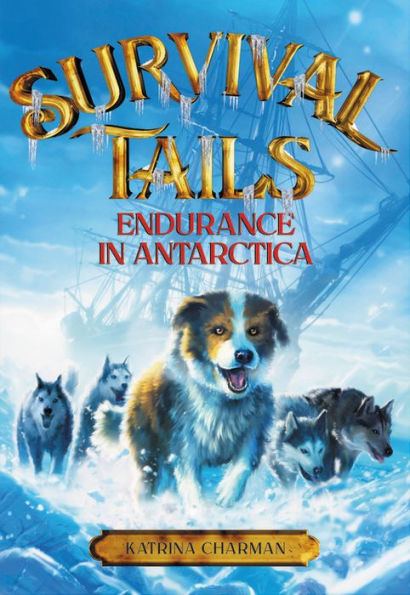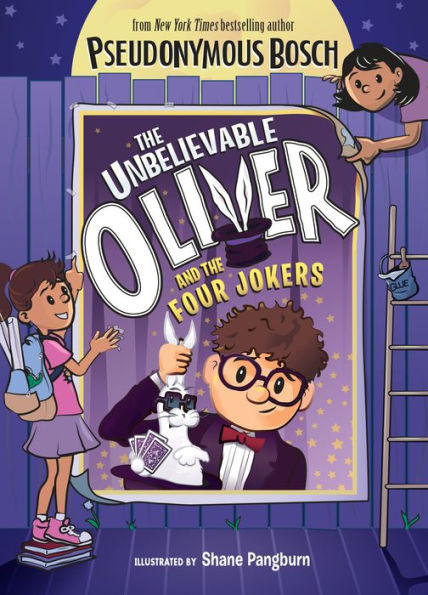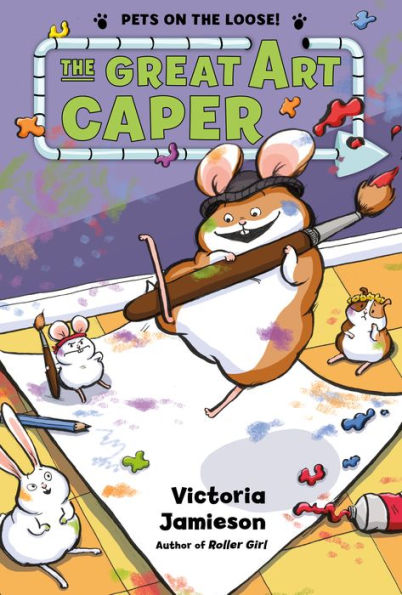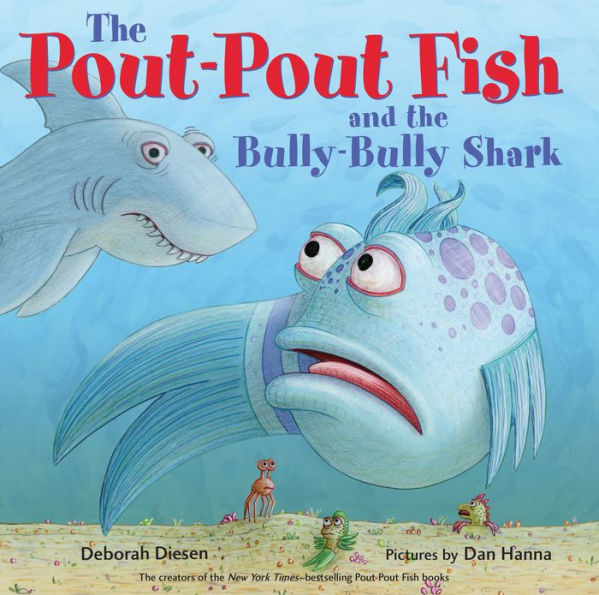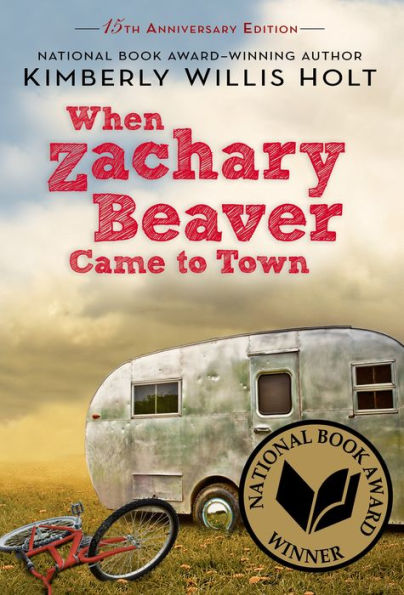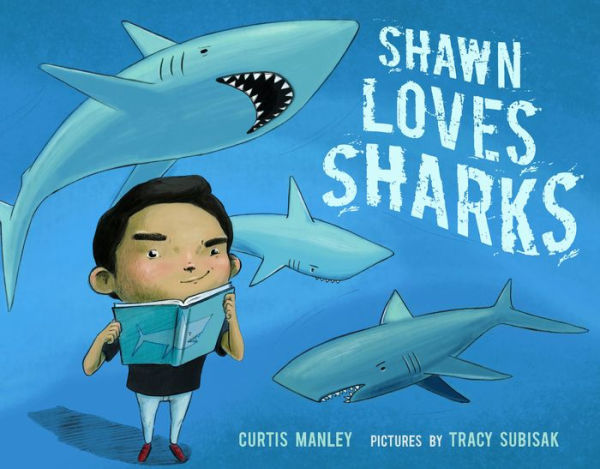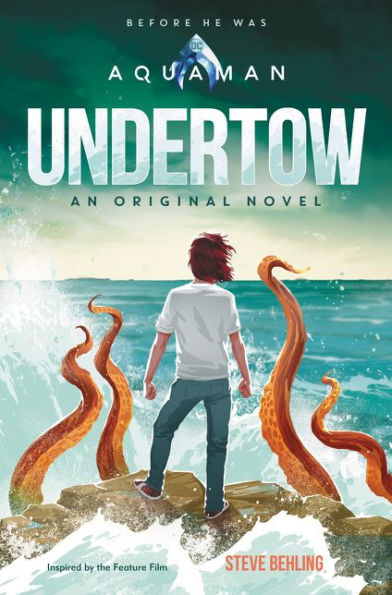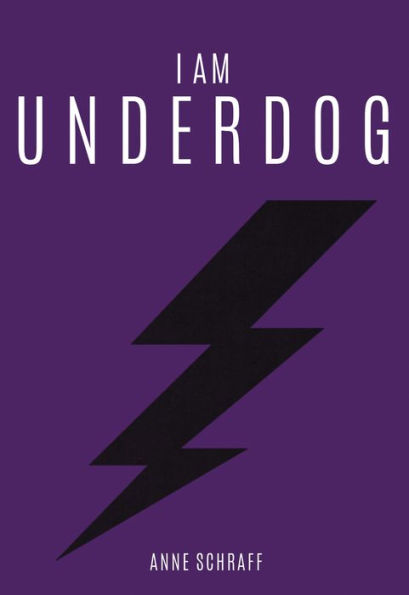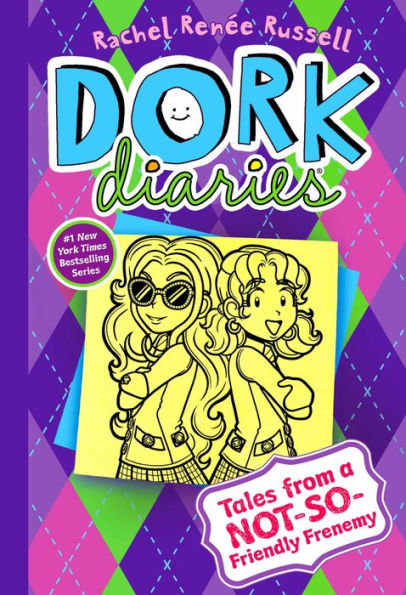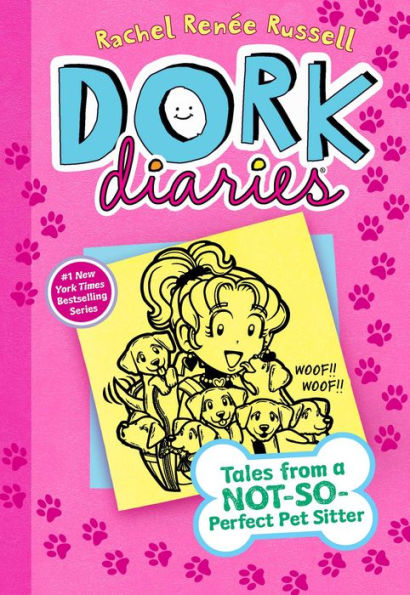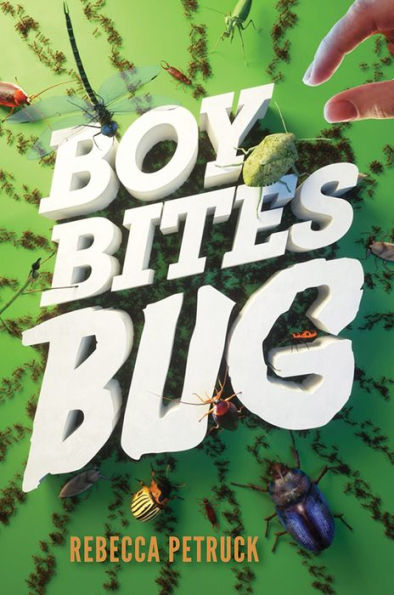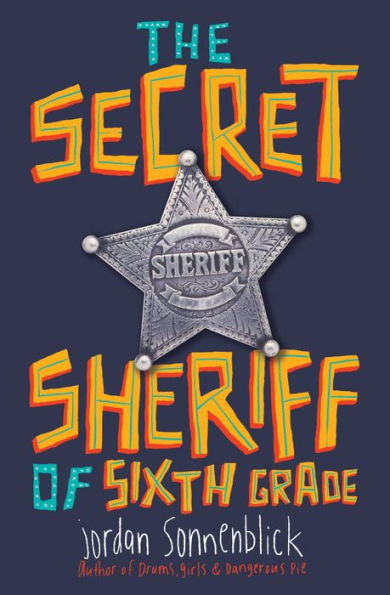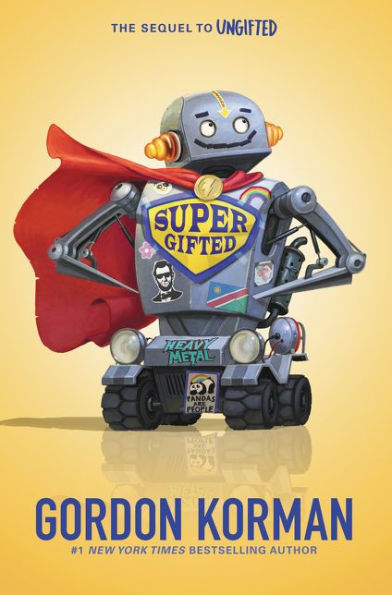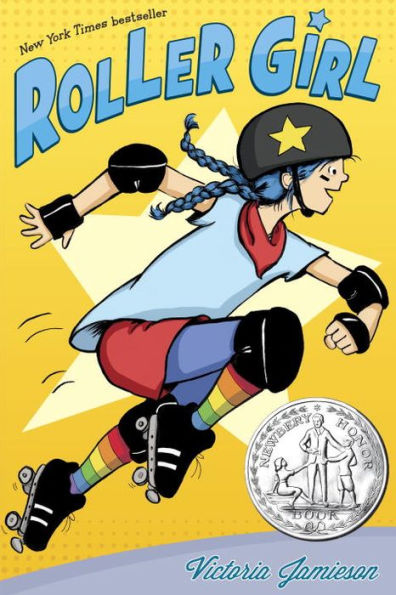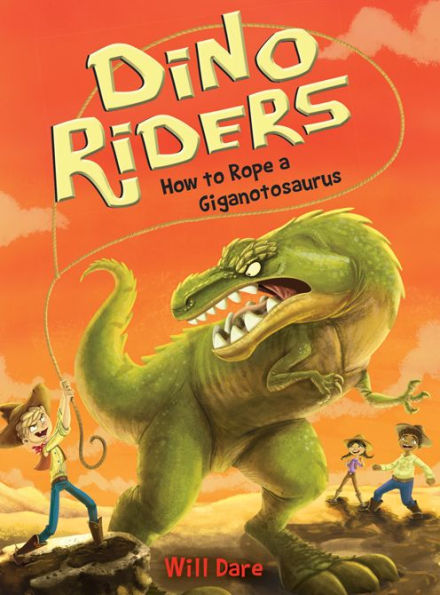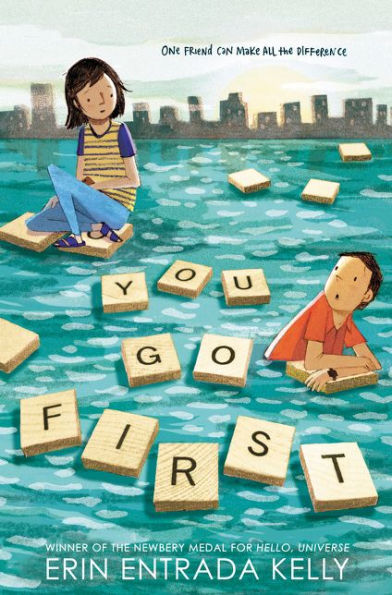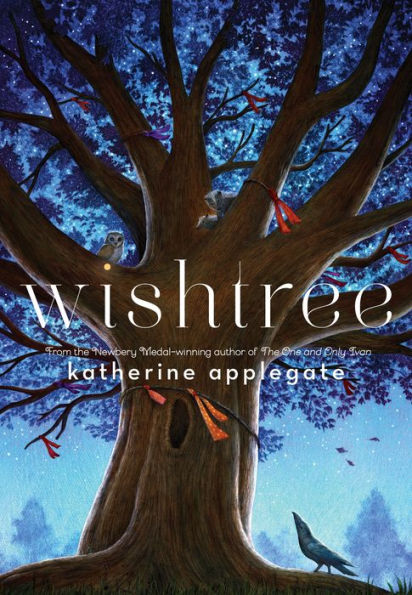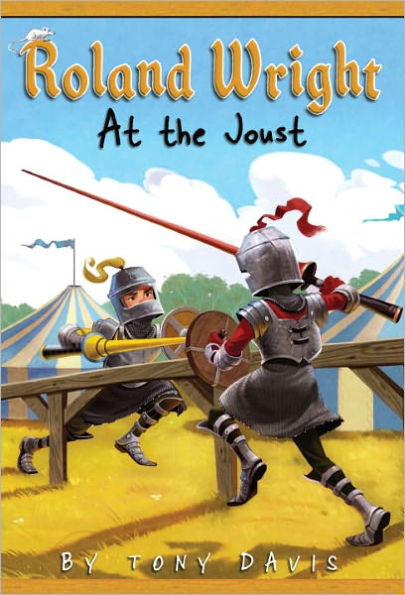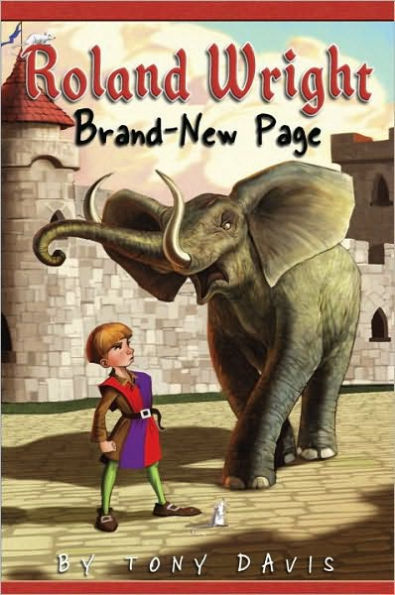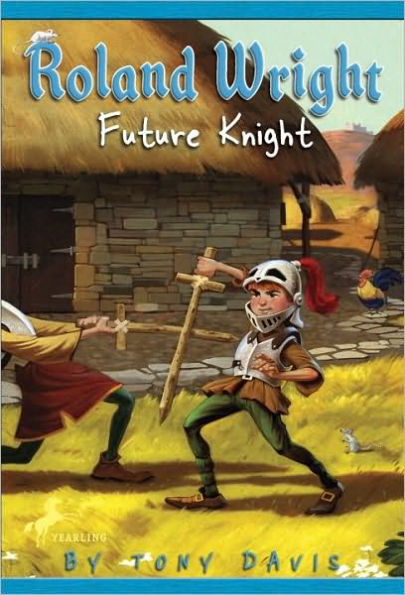The sled dog Samson can’t wait to be a part of Ernest Shackleton’s historic voyage to Antarctica. Samson wants the honor and recognition that will come if they complete the dangerous voyage. He is eager to feel the snow under his paws and the wind on his face as he races across the ice fields. Samson wants to be a leader and help the humans survive on the unexplored continent.
While in the kennel waiting for Shackleton to decide which dogs to take, Samson meets Bummer. Unlike Samson, Bummer is scared to go on an ice-filled adventure that may end in death. Bummer knows he isn’t as big or as strong as the other dogs. His only goal is to survive the dangerous icy weather.
Bummer’s worse fears come true when their ship, the Endurance, becomes trapped in sea ice, leaving the dogs and men with no way home. Their journey quickly stops being about glory and becomes about survival. Samson, Bummer, and the other dogs will have to put aside their differences and band together to rescue the humans—and themselves.
Instead of focusing on the human explorers, Survival Tails: Endurance in Antarctica is told from the sled dogs’ point of view. Throughout the journey, Samson, Bummer, and several of the other dogs’ unique personalities come to life. Instead of only focusing on a dog’s good or bad qualities, Charman creates imperfect characters who make mistakes. Much like the humans, the dogs are at times prideful, loyal, hardworking, and heroic.
Survival Tails: Endurance in Antarctica uses historically accurate facts to bring the harsh conditions of the Antarctic voyage to life. Much of the action comes from the rivalry between the dogs and the harsh conditions the animals must face. However, the friendship between Samson and Bummer will keep readers interested until the very end. Readers will fall in love with the dogs and learn about the complicated nature of friendship as well as the importance of forgiveness.
A tale of bravery, friendship, and sacrifice, Survival Tails: Endurance in Antarctica will entertain both animal lovers and history buffs. The story has several surprises that highlight how the smallest dog is capable of heroic deeds. Four black and white pictures are scattered throughout the book and help bring the scenes into sharper focus. At the end of the book, readers will find a glossary, as well as more historical information about the Endurance expedition. Although this story is the second book in the Survival Tails series, each book is an independent story and can be read without the context of the other books. Survival Tails: Endurance in Antarctica will leave readers with new knowledge of history and has a conclusion that will make readers smile.
Sexual Content
- None
Violence
- A pack of dogs chases a cat, Mrs. Chippy. Bummer sees “fur and jaws and tails, and Amundsen leading the pack as they closed in on the terrified cat. She hissed at Amundsen as he drew nearer, striking out at his face with extended claws as Amundsen let out a roar of rage and reared back as Mrs. Chippy frantically lashed out again and again, trying to keep him and the other dogs at bay.” The cat is able to jump away from the dogs, but falls into the ocean. Bummer saves the cat.
- After being caged up too long, the dogs are let off the ship. Some of the dogs begin to fight. “Amundsen launched himself at another dog, going for his throat. The other dogs immediately joined in, using their jaws and claws to bite and scratch, slamming their huge bodies into each other.”
- When Samson tries to warn the dogs that they are on dangerously think ice, Amundsen thinks Samson is going to attack. When Amundsen sees Samson, “Amundsen leaped into the air, meeting Samson in a tumble of fur and limbs, and they rolled together, sliding to a stop right on the top of the blackening ice. There was a loud crack, and both dogs froze as small fissures snaked across the ice, creeping toward them.” The dogs fall into the ocean, but are rescued.
- While out on the ice, Bummer sees a leopard seal try to bite a human named Crean. “As if out of nowhere, a leopard seal emerged from the water, launching itself into the air, its mouth open wide, revealing rows of razor-sharp teeth, aiming straight for Crean.” Bummer catches the seal by the neck. The seal, “rolled over, forcing Bummer beneath it, crushing his legs, but Bummer still held on, refusing to let their one chance of a good meal escape them. . . Wolf and Hercules took the seal’s tail and dragged it off Bummer, while Judge and Amundsen circled, blocking any way the seal might have of escaping into the water.” The human “finished the seal off with a single shot from his gun. The sound echoed around the ice, stunning them into silence.”
- While sleeping, a fissure opens and a man falls into the ocean. “There was a loud splash and a yell as one of the men inside fell into the glacial water below.” One of the dogs pulls the man to safety.
- When a pup is out in the ocean on a rock, Bummer notices a black shadow and races to the pup. “Bummer roared and leaped from his rock, pushing Roger out of the way as the leopard seal’s huge body connected with his, sending him flying into the water. The back of Bummer’s head slammed onto a rock lying beneath the surface. . . But the leopard seal was much quicker in the water. It bit down hard on Bummer’s paw, and Bummer yelped in agony as he felt the bones in his leg crush. . . There was a sudden bang, and the seal dropped beside Bummer, landing in the water with a loud splash.” Bummer is injured and his foot needs to be amputated.
Drugs and Alcohol
- None
Language
- None
Supernatural
- None
Spiritual Content
- None
